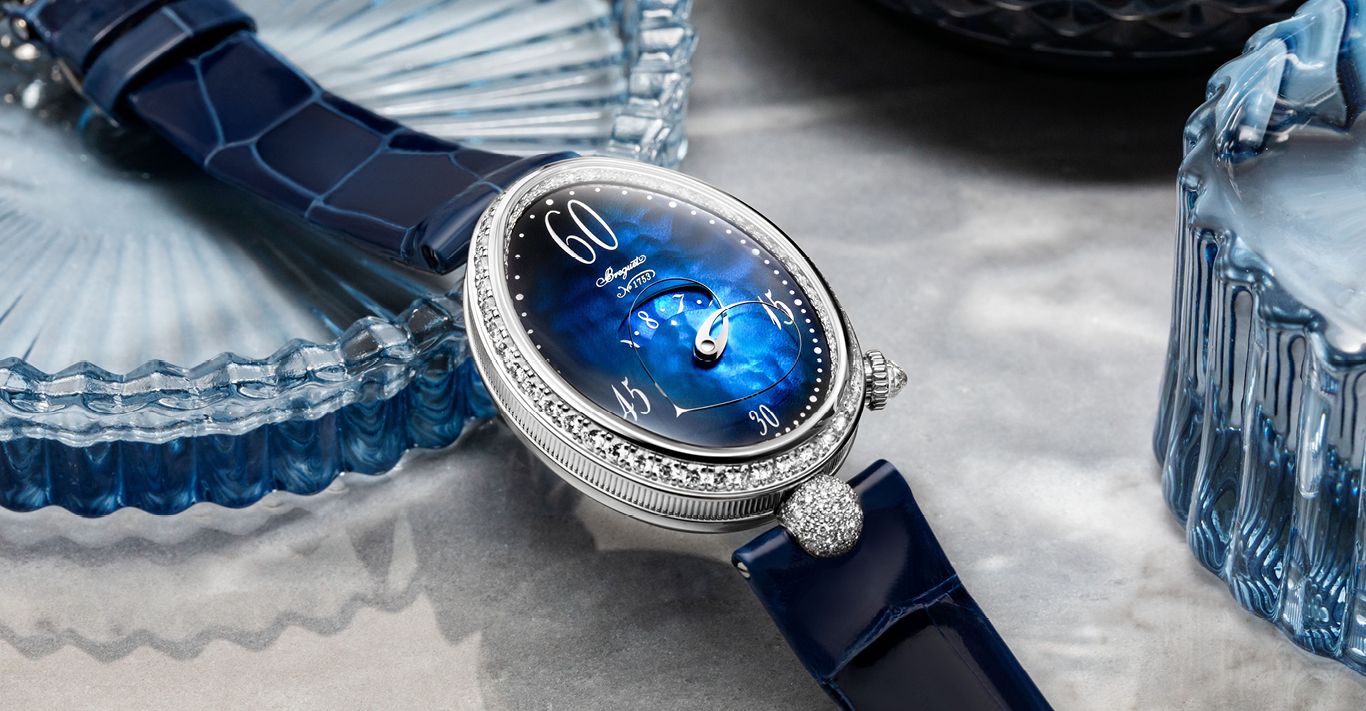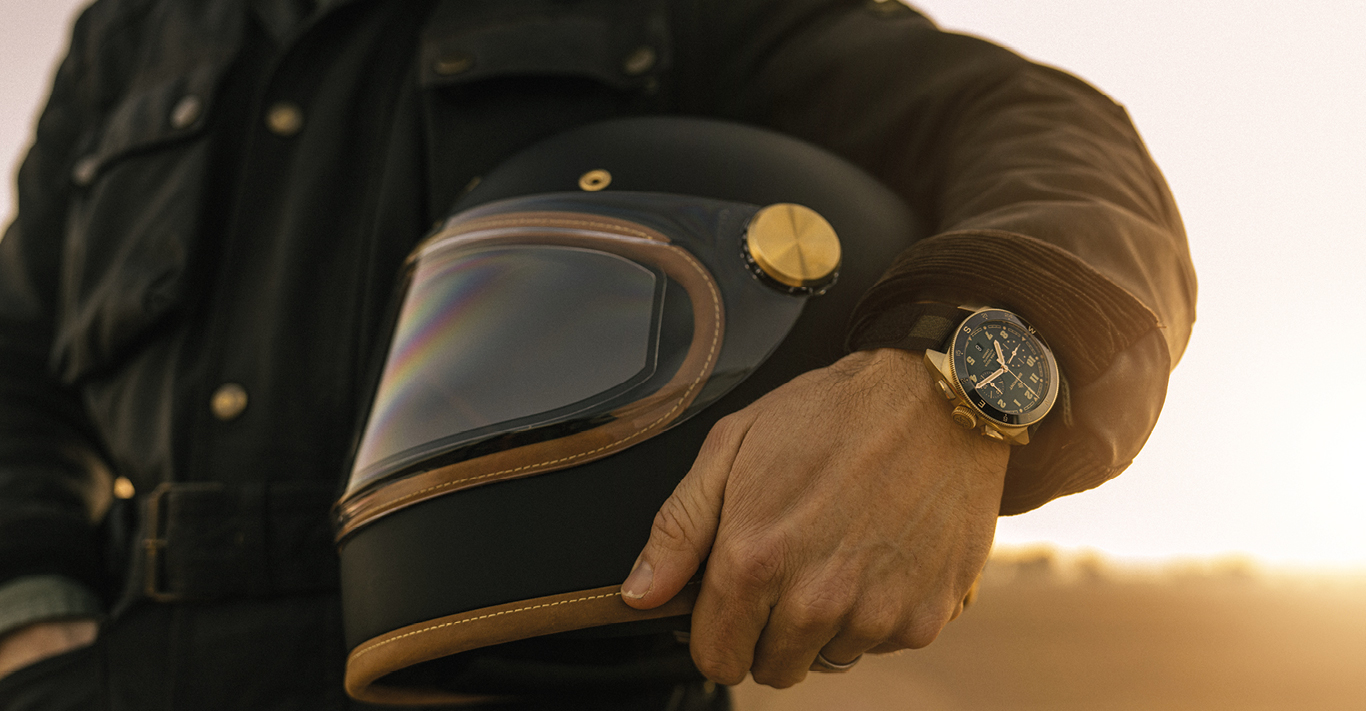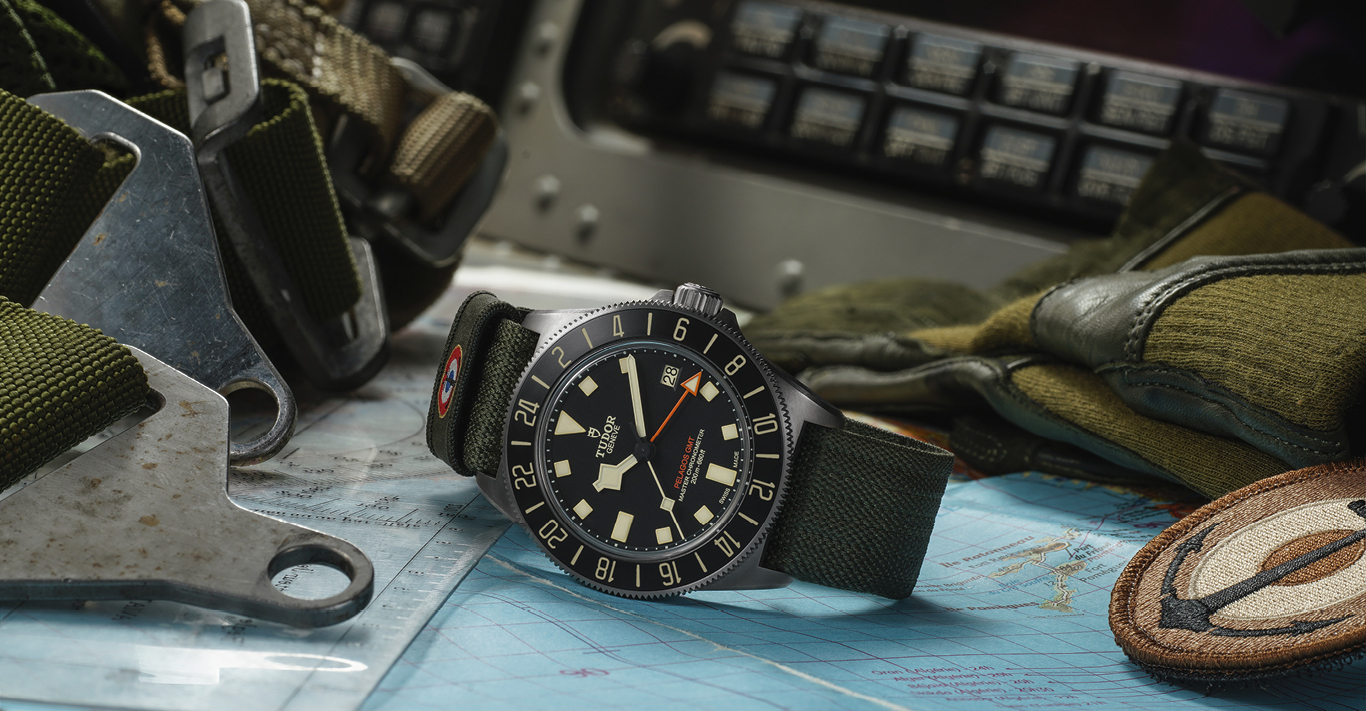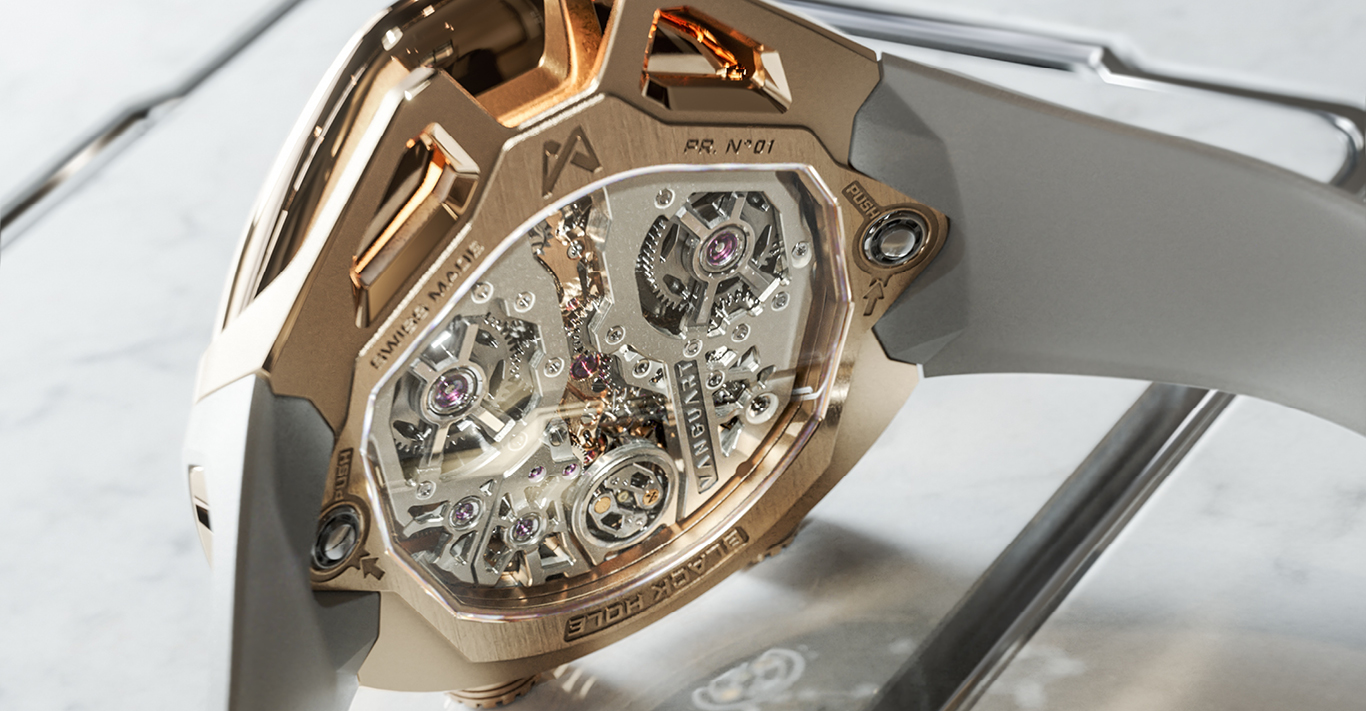WORDS
Ken Kessler
It’s a perennial topic, forever fuelling arguments at any gathering where watch lovers congregate. After debating, ‘What was the first-ever
wristwatch?’, the subject might change to, ‘Who created the first watch for women?’ The reason the questions seem forever connected
is the possibility that the answer is the same: Abraham-Louis Breguet.
In 1812, Breguet presented Caroline Murat with a new timepiece. She was an Imperial French princess, and sister of Napoleon I of France.
During the year that Breguet bestowed upon her this unique creation, Caroline was also Queen of Naples, the title which gave the timepiece its name.
Described in the Breguet archives as ‘an oblong-shaped repeating watch for a wristlet’, it comprised a thin, gold guilloché case with silver guilloché dial and also featured a thermometer. It was attached to the wrist by a strap of twisted hair and gold threads, and it is recognised by most as the first-ever wristwatch – not just the first designed to be worn by a woman.
Long a distinct model range within the Breguet family, the Reine de Naples line has been joined by two new timepieces exhibiting a couple of distinct looks within the classic egg-shaped case, while sharing a specific feature sure to charm observers. Unusually, the minutes hand is able to adopt a variety of shapes as it moves around the dial.
Although originally oblong, the Reine de Naples is recognisable by its oval form and winder at 4 o’clock. The shape-shifting hands point to the
minutes with a red tip, their positions often forming a heart. Hours are revealed through an arc-shaped aperture across the centre.

With self-winding movements in white-gold cases, both new models show a large “60” at the 12 o’clock position. With blue mother-of-pearl dial and bezel set with 161 white diamonds, diamond-set clasp and a diamond in the crown, Ref. 9835 limits the numbers to positions at 15, 30 and 45. Its sibling, Ref. 9838, wears a white lacquer dial and places numerals at every five-minute interval. Its bezel is set with blue sapphires, as is the clasp, with a sapphire set into its crown.
Reine de Naples watches unashamedly ignore the current contretemps as to whether or not watches should be identified as men’s or women’s. And one suspects Caroline would not have engaged in the debate either: to her, the Breguet Reine de Naples was simply ‘a watch fit
for a queen’.




